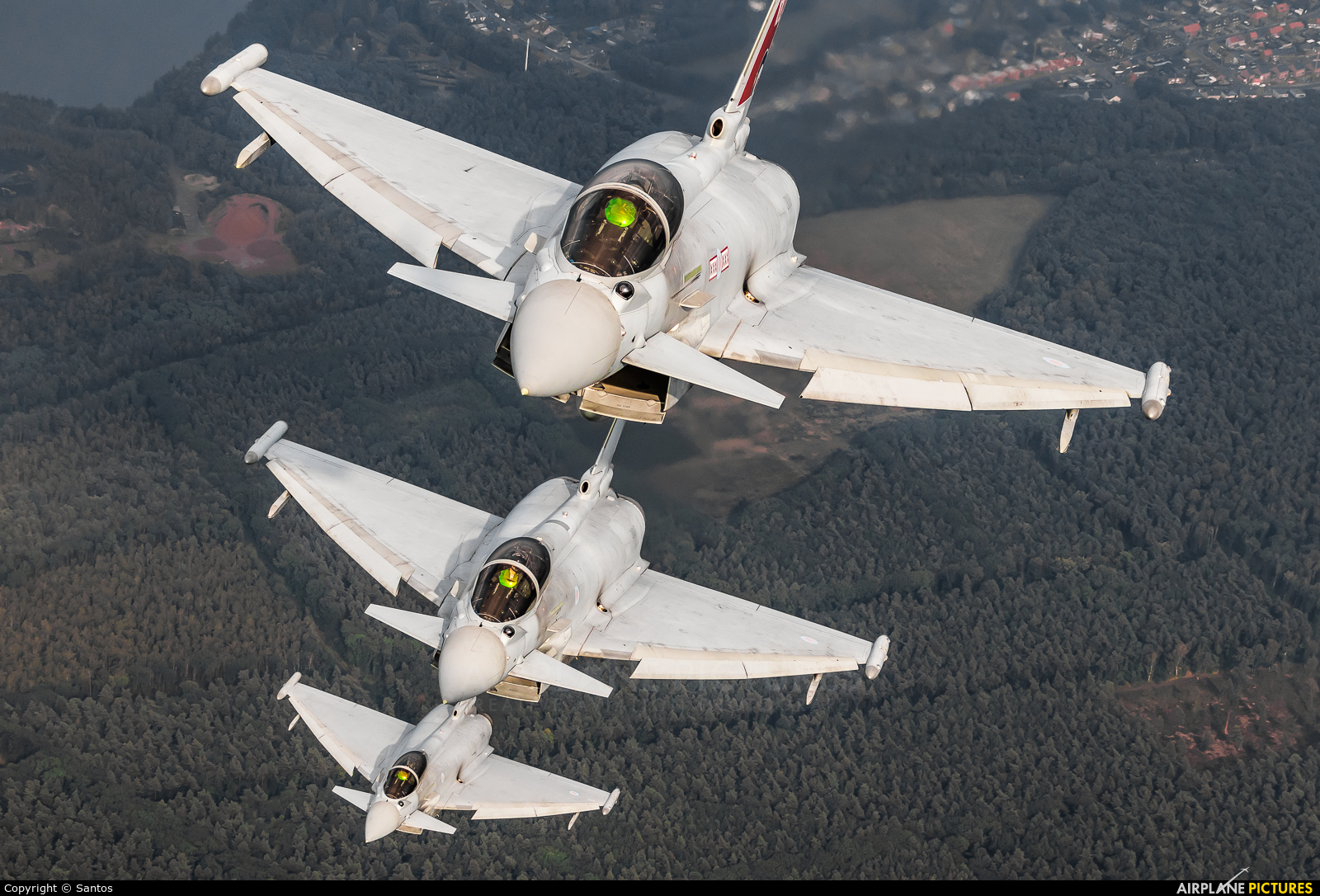In the dynamic landscape of aerospace design during the 1980s, a collaborative effort among prominent players yielded a remarkable air superiority fighter that could rival even the Soviet models of the time: the Eurofighter Typhoon.
Born out of a joint venture between Airbus, BAE Systems, and Leonardo, the Eurofighter Typhoon came into existence in 2003 through the entity Eurofighter Jagdflugzeug GmbH. The roots of this remarkable aircraft, however, trace back to 1983 when the Future European Fighter Aircraft program was initiated. Originally involving the UK, Germany, France, Italy, and Spain, this endeavor aimed to build upon the successes of the Panavia Tornado and create an even more advanced jet for air dominance. Although France eventually withdrew, opting for the Dassault Rafale, the remaining nations forged ahead.
The journey of the Eurofighter Typhoon was fraught with challenges, particularly as the geopolitical landscape shifted. The dissolution of the Soviet Union in the early 1990s, a driving factor behind the project’s inception, led to doubts regarding its necessity and feasibility. Yet, despite these uncertainties, the project persevered, reflecting the determination and vision of its participating nations.
Coordinating a multi-billion-dollar weapons program across different European powers proved intricate and often contentious. Decision-making processes that might have been straightforward within a single nation became complex negotiations involving multiple stakeholders. For instance, the selection of the aircraft’s radar system in 1990 led to significant disagreements, with each nation advocating for its preferred choice. These debates required involvement at the highest levels of defense.
Political considerations also influenced the project’s trajectory. The reunification of East and West Germany following the Soviet Union’s collapse brought financial challenges that prompted scrutiny of government spending. There were attempts to withdraw Germany from the Eurofighter program in favor of a cheaper alternative, but existing commitments and investments kept the project on track.
As the project progressed, the Eurofighter Typhoon proved its worth during flight testing in the mid-1990s. The aircraft’s agility, owed in part to a unique stability design and a sophisticated quadruplex fly-by-wire control system, became evident. The incorporation of measures to reduce the radar cross-section, such as concealed engine inlets and swept flight surfaces, demonstrated a commitment to stealth characteristics.

Powering the Typhoon are two Eurojet EJ200 engines, a collaborative effort integrating advanced technologies from various defense firms. These engines provide impressive thrust and performance capabilities, including a temporary “war” setting for heightened thrust.
Since its introduction, the Eurofighter Typhoon has found a place not only within the arsenals of its participating nations but also beyond. Middle Eastern countries like Qatar and Saudi Arabia have embraced this fighter. As discussions of sixth-generation fighters emerge, the Typhoon’s presence remains steadfast, likely to endure for decades to come.
In conclusion, the Eurofighter Typhoon stands as a testament to transnational collaboration, innovation, and perseverance. Its journey from inception to operational service showcases the intricate interplay of technology, geopolitics, and strategic foresight that shapes the evolution of modern military aviation.








